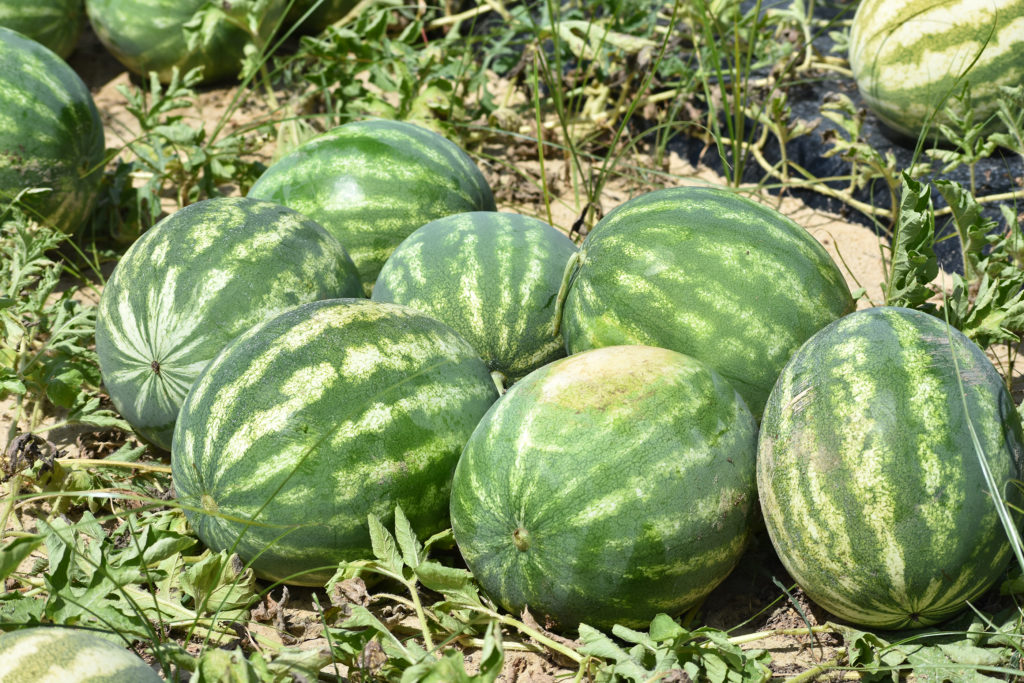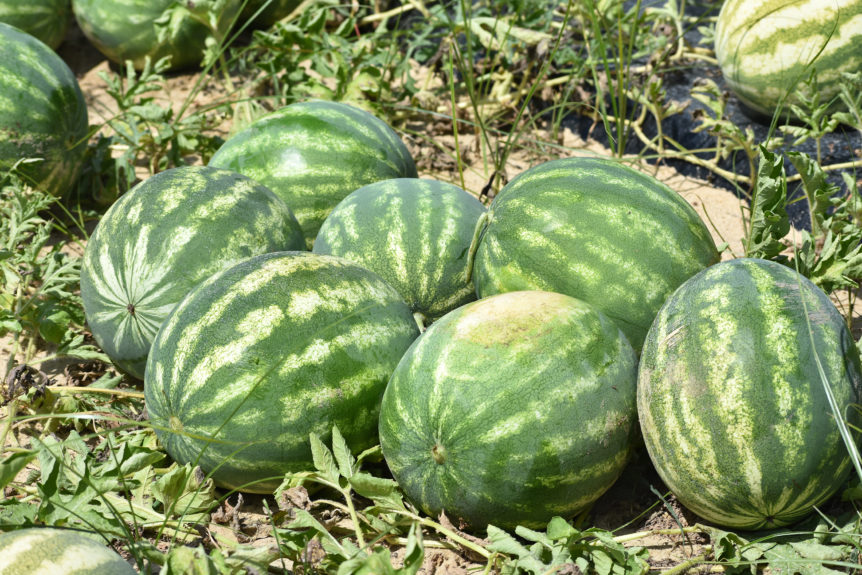
By Clint Thompson
North Florida watermelon growers must avoid applying copper with chlorothalonil when protecting against disease buildup.
Bob Hochmuth, University of Florida Institute of Food and Agricultural Sciences (UF/IFAS) Regional Specialized Extension agent in Live Oak, Florida, emphasized this stance early in the season and continues to stress its importance as it could lead to plant burning.

“If they’re going to use copper, they need to switch to mancozeb to put with the copper. My recommendation right now is just go with a standard Bravo to try to help with the fungal organisms that would attack,” Hochmuth said. “Somebody might say, ‘Should I add copper to it to take care of any bacteria that might be in it?’ The answer is no, don’t add it to chlorothalonil. If you’re going to use copper, switch to mancozeb. Mancozeb and copper together is less likely to burn than copper and chlorothalonil. Chlorothalonil is already a hot material and doesn’t need any encouragement to increase the burn.”
A switch to mancozeb means a switch to either Manzate or Penncozeb. Hochmuth elaborated further in his weekly email.
“I am always concerned about using copper on recovering plants due to the possible stunting that can occur and therefore slow the plant recovery,” Hochmuth wrote.










